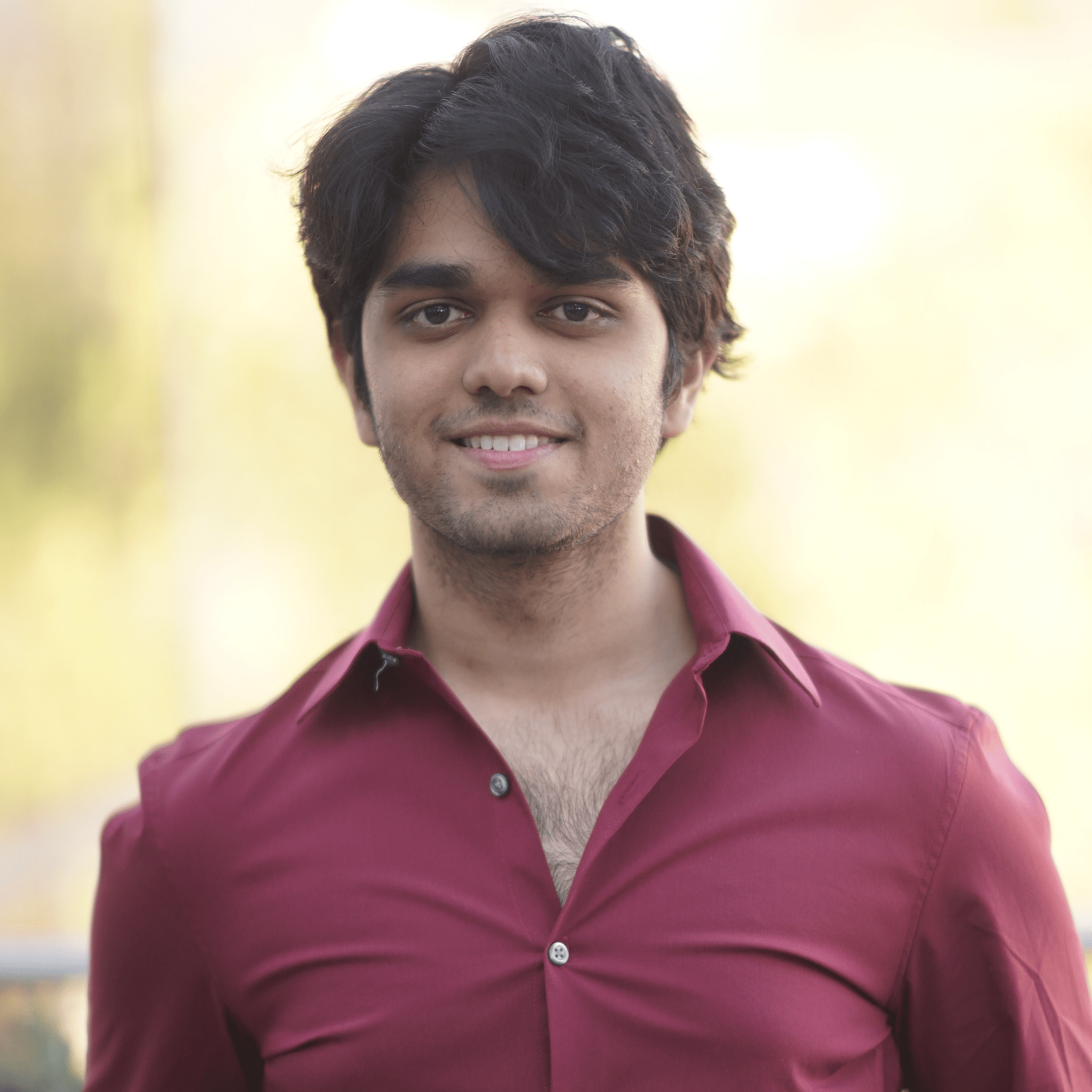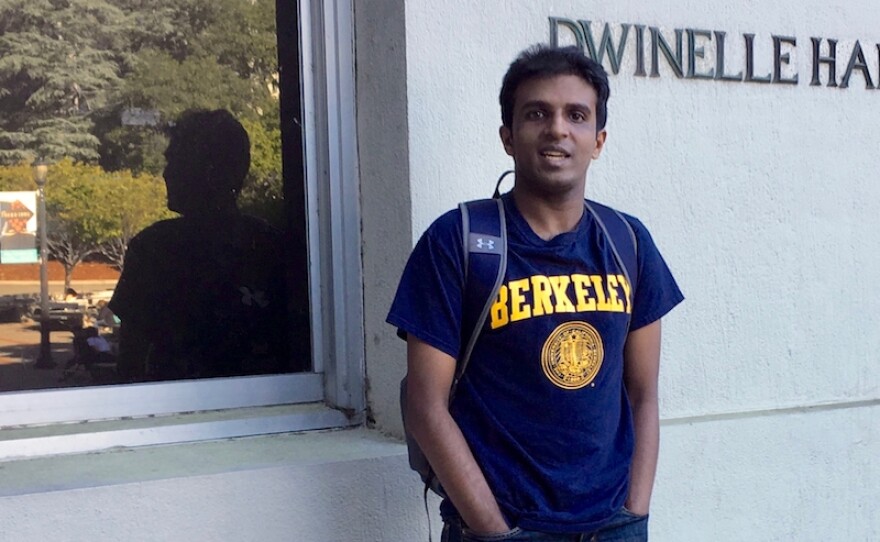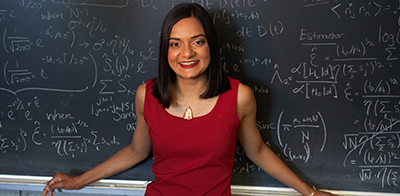(December 29, 2022) “The young do not know enough to be prudent, and therefore they attempt the impossible – and achieve it, generation after generation,” remarked the American writer and novelist, Pearl S. Buck. Her words continue to ring true – young people are bringing their innovative spirit to tackle the world’s problems. Global Indian looks at young innovators from India and the diaspora whose brilliance, innovation and empathy are creating ripples of positive change in an afflicted society. Global Indian takes you through some of the top young innovators of 2022.
Zain Samdani

Zain Samdani
As a 15-year-old visiting India from Saudi Arabia, Zain Samdani had no idea that this family vacation was set to change the course of his life. A meeting with his partially paralysed distant maternal uncle left him “shocked.” In the era of technology, seeing his uncle dependent on others for every small thing was nothing short of a horror. That encounter nudged this robotics enthusiast and innovator to develop Neuro-ExoHeal, an exoskeletal hand rehabilitation device that utilises neuroplasticity and Azure technology to help patients with neurological damage recover faster at an affordable price. The innovation not only left Google CEO Sundar Pichai impressed but also made the 21-year-old win Microsoft 2022 Imagine Cup World Championship, considered the ‘Olympics of Technology,’ with more than 10,000 participants from 160 countries.
Siddhartha Mandala
He was 12 when the infamous Nirbhaya rape case shook the nation in 2012. People took to the streets asking for justice, and his mom was one among them. Curious about the protests and confused about the word ‘rape’, Siddharth Mandala joined his mom for one of the protests. After surfing the internet, he understood the gravity of the issue and decided to do everything in his capacity to prevent sexual assault. This awareness led to the birth of Electroshoe, a small badge that can be clipped onto any footwear, or worn as a ring or pendant and can be easily activated during any threatening situation by pressing. “It pulls out two sharp pointers, mimicking stun gun’s mechanism, and pierces through clothing, and even skin to electrocute the attacker,” explains Siddharth who took two years to build a working prototype; and another three years to create a market-friendly product by interviewing over 500 women across India and California.


Siddhartha Mandala
Hari Srinivasan
Hari Srinivasan was first diagnosed with regressive autism at the age of three. From being a very active and social child, Hari suddenly became a crying, fussy baby who did not want to be around other kids. Some two decades later in 2022, Hari made history by becoming the University of California, Berkeley’s first non-speaking graduate with autism. And that is not all. With a 4.0 GPA, a major in psychology and minor in disability studies, Hari was also awarded the prestigious P.D. Soros Fellowship. The young graduate is now headed to Vanderbilt University for his PhD in neuroscience.
“There were several issues that my family and I faced due to my medical condition during the initial years. However, with the support of my family, I was able to break several stereotypes. Later, my faculty and peers at UC Berkeley helped me a lot on my journey,” he said. The scholar, who is also a published poet, received the Paul & Daisy Soros Fellowships for New Americans. “I do have some time to come up with a research topic for my PhD,” Hari told Global Indian, adding, “My work will focus around the human nervous/sensory system. However, I am yet to narrow it down.”


Hari Srinivasan
Maya Burhanpurkar
Growing up as the climate crisis unfolds around them, young innovators around the world know that change lies with them. In 2013, on a trip to the Arctic, Canadian researcher Maya Burhanpurkar learned firsthand about the devastation being caused by climate change. “It struck me that the icebergs we were seeing could be some of the last anyone would ever see. And that it could be alarmingly soon,” she told Global Indian. She got as much footage as she could of her surroundings, also interacting with the local community to learn how their lives had been impacted by the climate crisis. That resulted in 400 PPM, a documentary film with appearances by Canadian author Margaret Atwood, astronaut Chris Hadfield and the famed explorer Wade Davis.
As she watched her grandfather’s condition deteriorate from Alzheimer’s, a distraught young Maya wondered if she could help. She tested two drugs used in the early stages of Alzheimer’s treatment on daphnia, a common species of waterfly. ““He was taking a lot of other drugs as well and I wanted to see how the cocktail was affecting his heart,” she explains. “I noticed the drugs regularised heart rate, whether it was high or low. I never followed it up in a more rigorous setting but it certainly was fascinating.” The experiment fetched her the top place at the Canada-Wide Science Fair, at which she is a two-time winner.


Maya Burhanpurkar
Now a Rhodes Scholar, Maya has done cutting edge research at Harvard University, where she graduated summa cum laude with highest honours, collaborated with University of Toronto and the Dominion Radio Astrophysical Observatory. She is the winner of the Gloria Barron Prize 2016.




